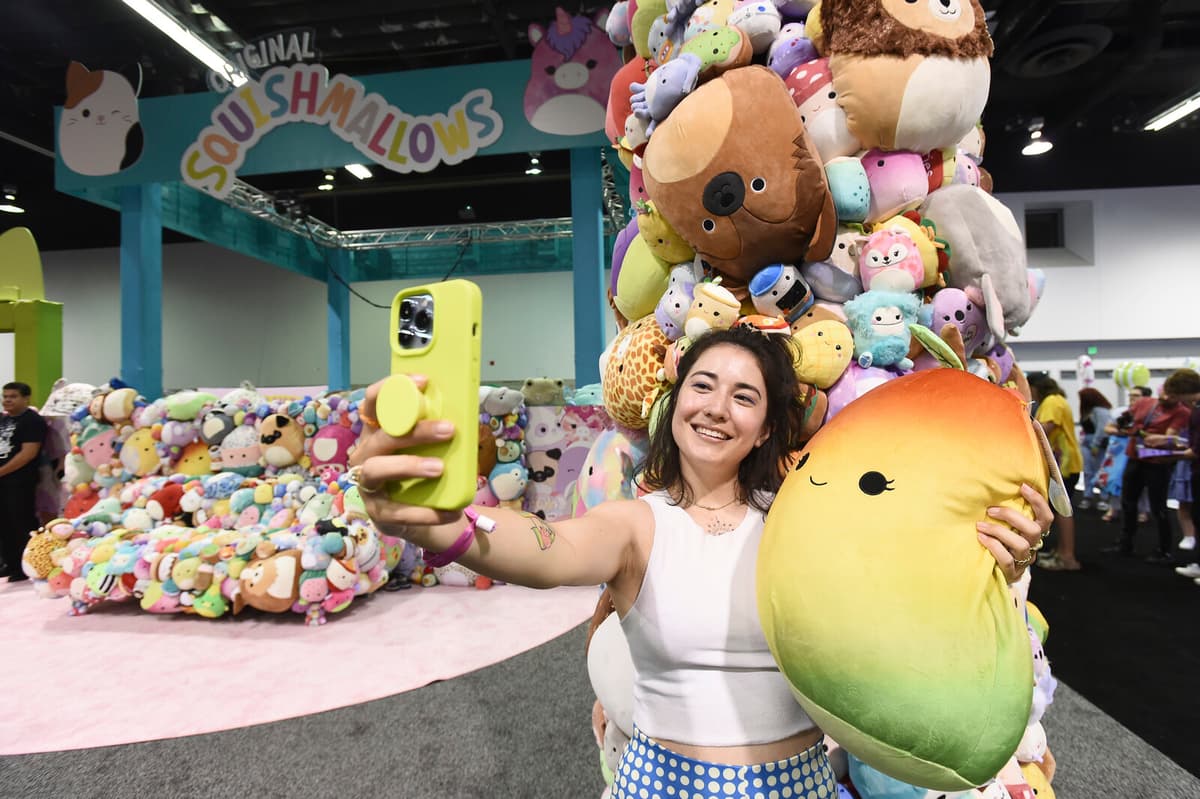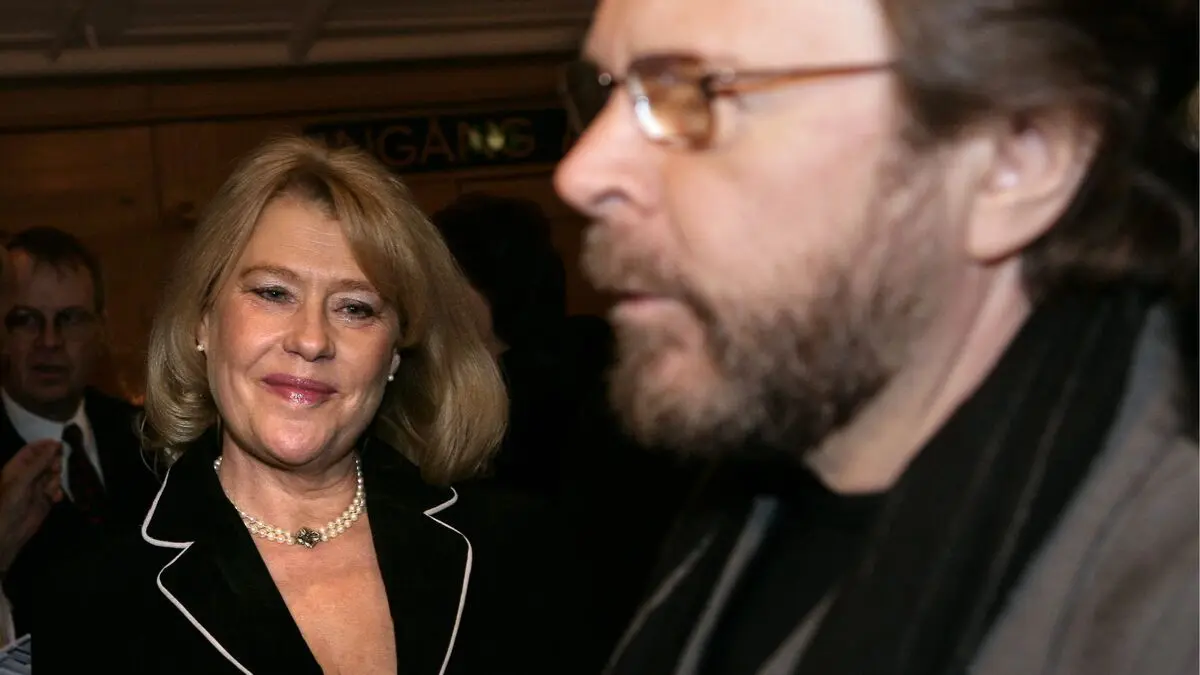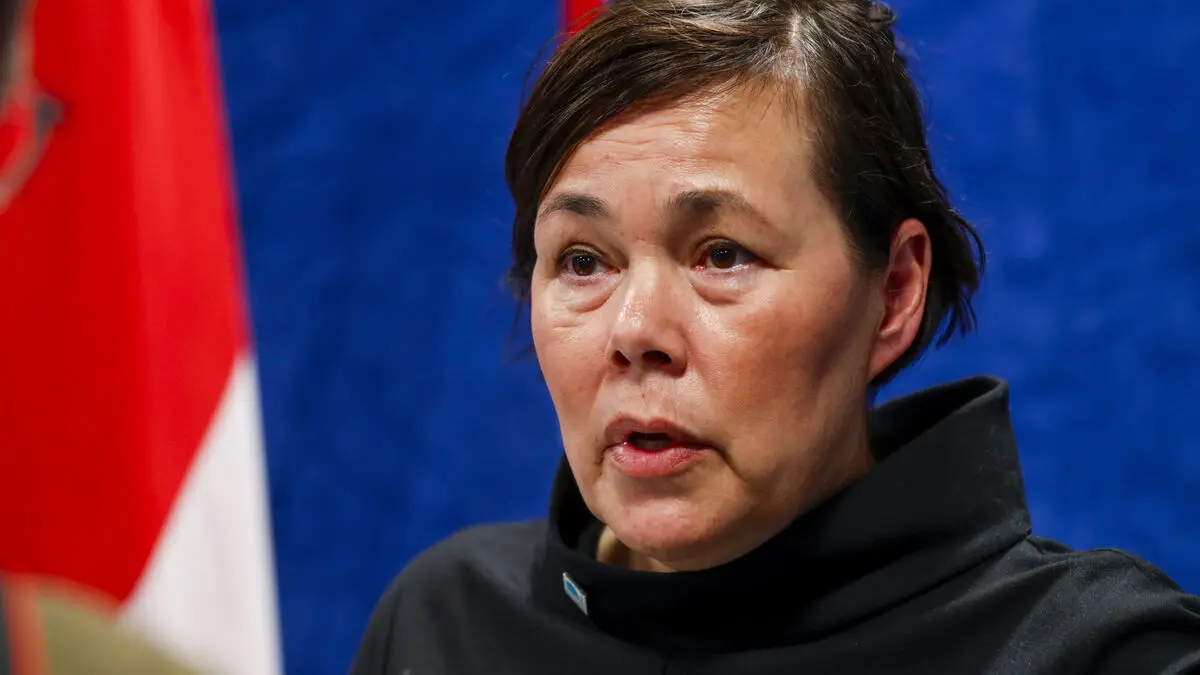Adults, over 18 years old, have been the fastest-growing customer group in the toy market over the past two years. In the USA, adult toy consumers bought more than any other group in the first quarter of this year and surpassed three- to five-year-olds for the first time.
Totally, teenagers and adults account for 28.5 percent of toy consumption in Europe, according to figures from the analysis firm Circana. There is no statistics on how it looks in Sweden, but Jennifer Rydén, CEO of the industry organization Lek & baby, sees that the development here is going in the same direction.
Many in the industry see that this is a category that is coming. Spielwarenmesse, the world's largest toy fair, has started to notice "kidults" over the past few years.
Rapid Development
The industry is now adapting to produce more products that appeal to an older audience. Games and puzzles account for a large part of sales, but also construction toys – with Lego as the clear favorite.
Peter Lilja, CEO of the Lego store Ebrix, says that the development has gone quickly just in recent years.
During our first ten years, we almost only sold to children. But three, four years ago, the first sets for 18+ came and now they account for 30-35 percent of revenue.
There are several theories about why the market is shifting towards older customer groups. One is that children play less than before.
One has seen in recent years that the age when one stops playing is decreasing, says Jennifer Rydén.
Peter Lilja saw that sales to children began to decline before the coronavirus pandemic, but also believes that the pandemic may have contributed to the increase among adults, a theory shared by several analysts.
Weakened Economy
Screens and social media have contributed, but a weakened economy and lower birth rates also play a role. There is simply less money to buy toys for and fewer children to sell toys to. Even though children under twelve are still the largest consumer group, sales have decreased noticeably since 2021.
Since then, it has become more okay for adults to spend money on toys for themselves, says Peter Lilja, whose most expensive Lego set costs around 10,000 kronor.
Jennifer Rydén sees positive effects of adults' interest in toys, not just for the industry's survival.
If children see that their parents play, collect things, and build models, it can increase their interest in playing – and see how important it is to play.






